Will Watson and Mark Lawson of The Buying Solution speak to PrimeResi about the potential impact the proposed changes to non-dom status in the UK will have on the property market.
Read more here
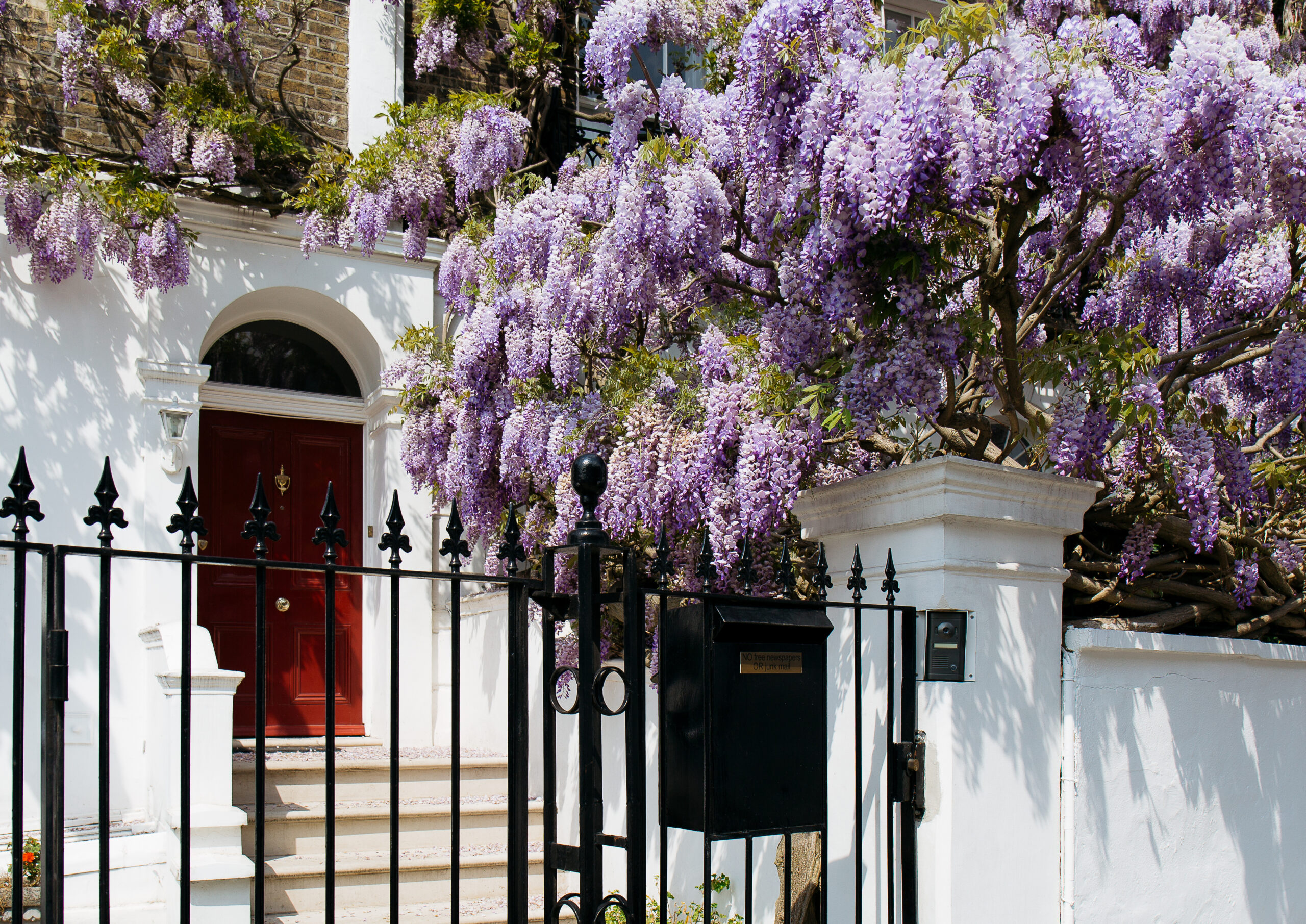
Will Watson and Mark Lawson of The Buying Solution speak to PrimeResi about the potential impact the proposed changes to non-dom status in the UK will have on the property market.
Read more here

Theo James-Wright of The Buying Solution speaks to Melissa York of The Times about how a dog can add value when looking to sell your property.
Read more here
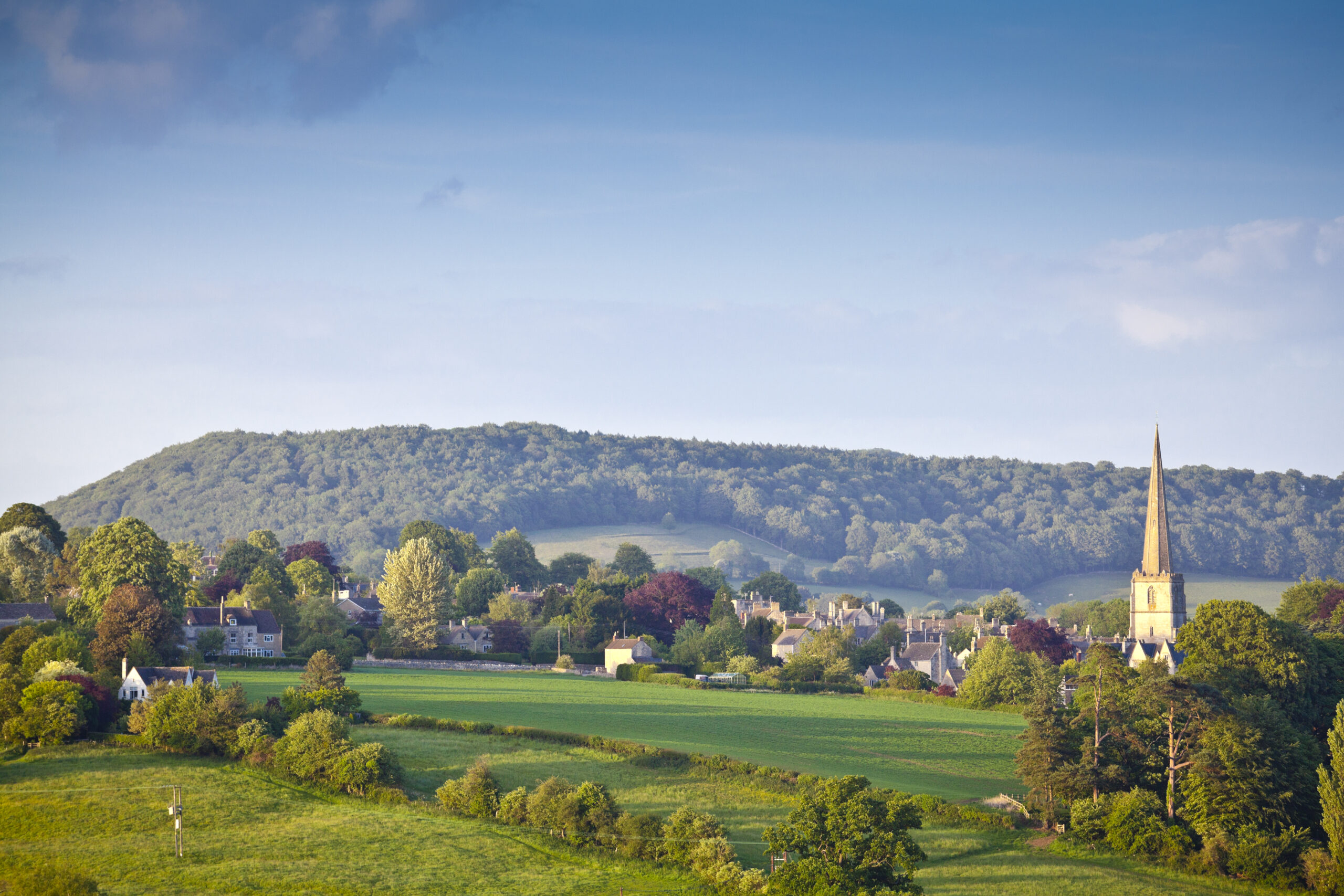
Harry Gladwin of The Buying Solution speaks to Alexandra Goss of the Financial Times on the cooling down of rural hotspots.
Read more here
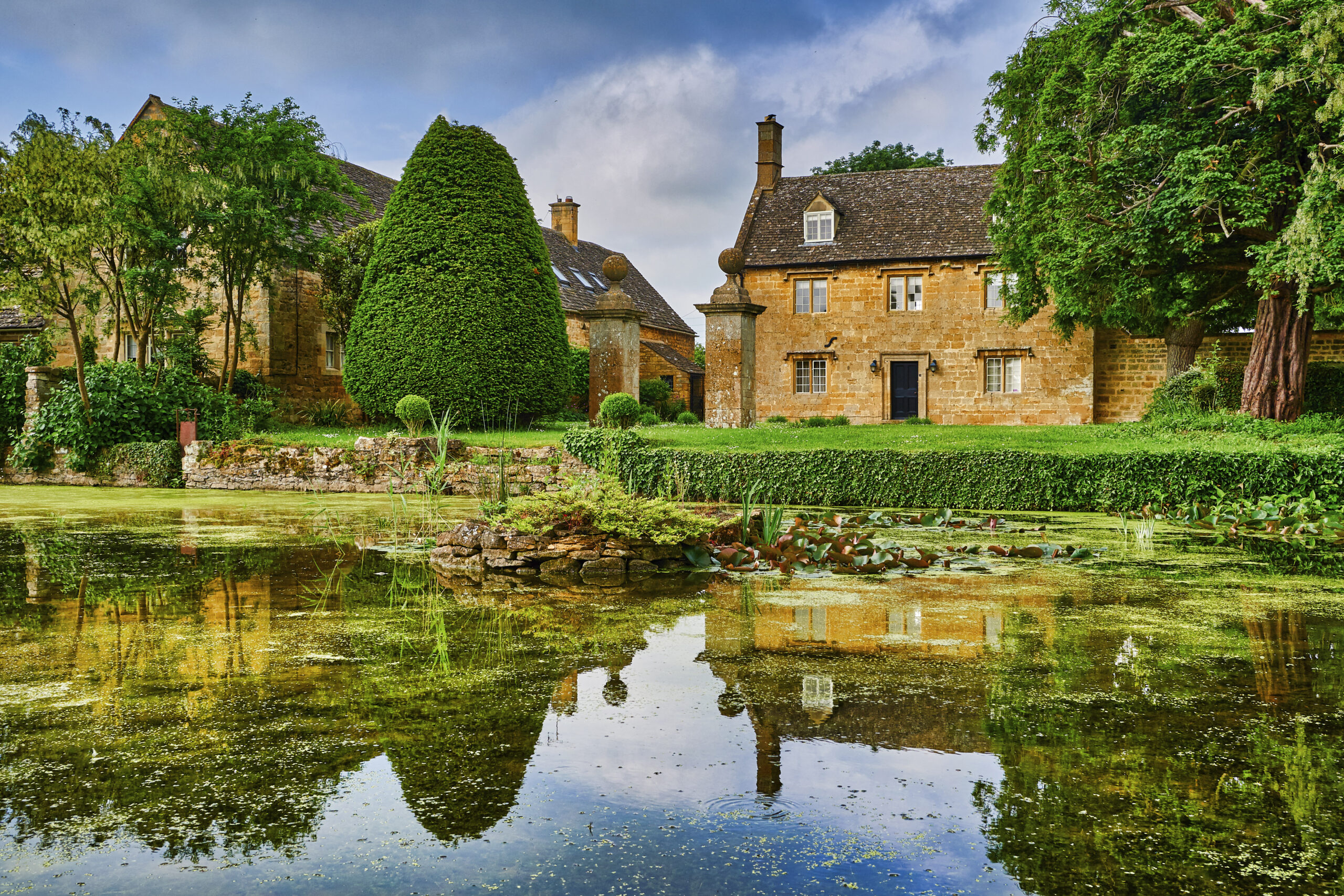
Jonathan Bramwell of The Buying Solution speaks to Eleanor Doughty of Country Life on the importance of house names.
Read more in the 10th April 2024 edition.

Harry Gladwin of The Buying Solution speaks to Annunciata Elwes of Country Life on current property trends.
Read more in the 27th March issue.
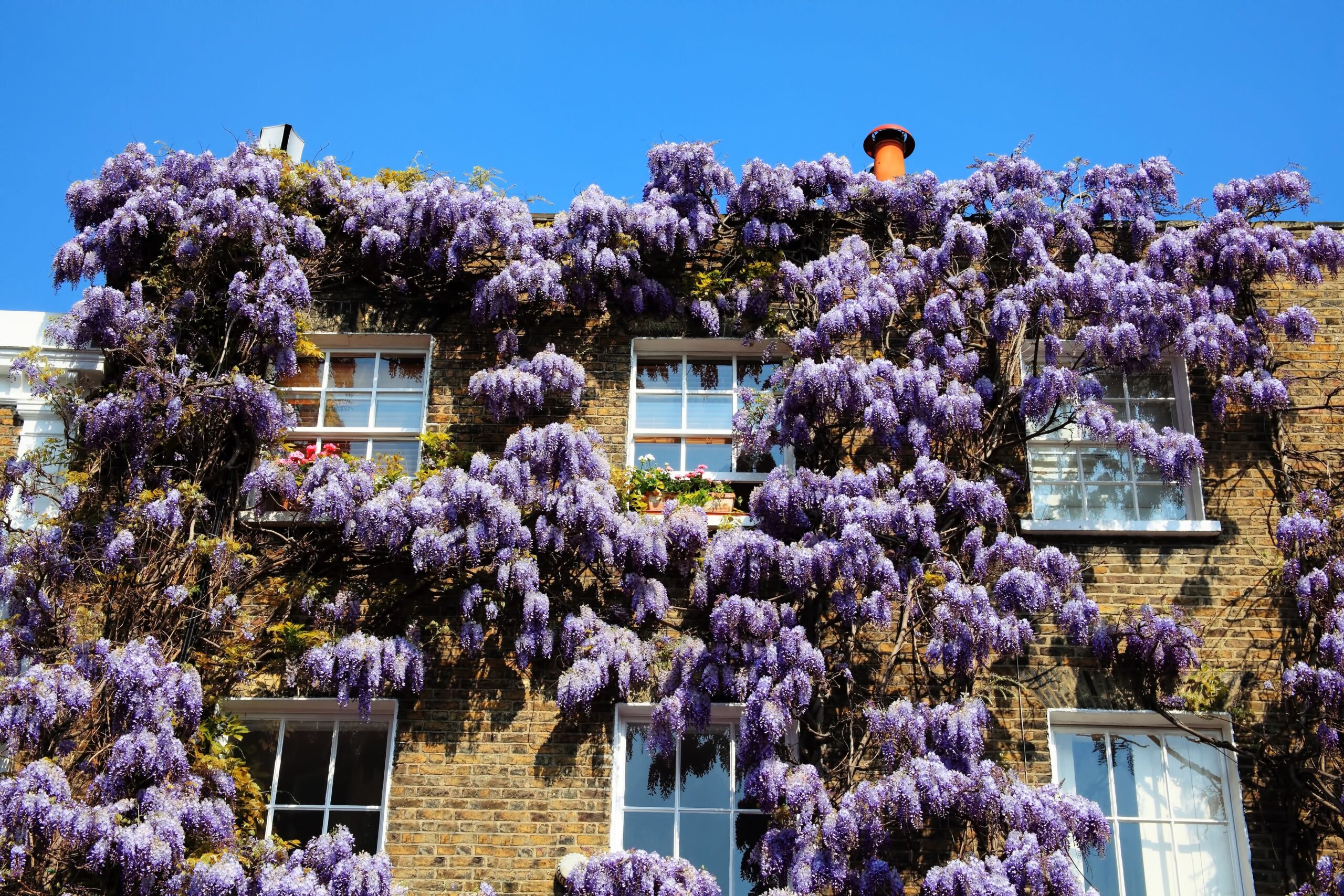
Jonathan Bramwell of The Buying Solution speaks to Anna White of The Telegraph on affordable places to live close to great state schools.
Read more here
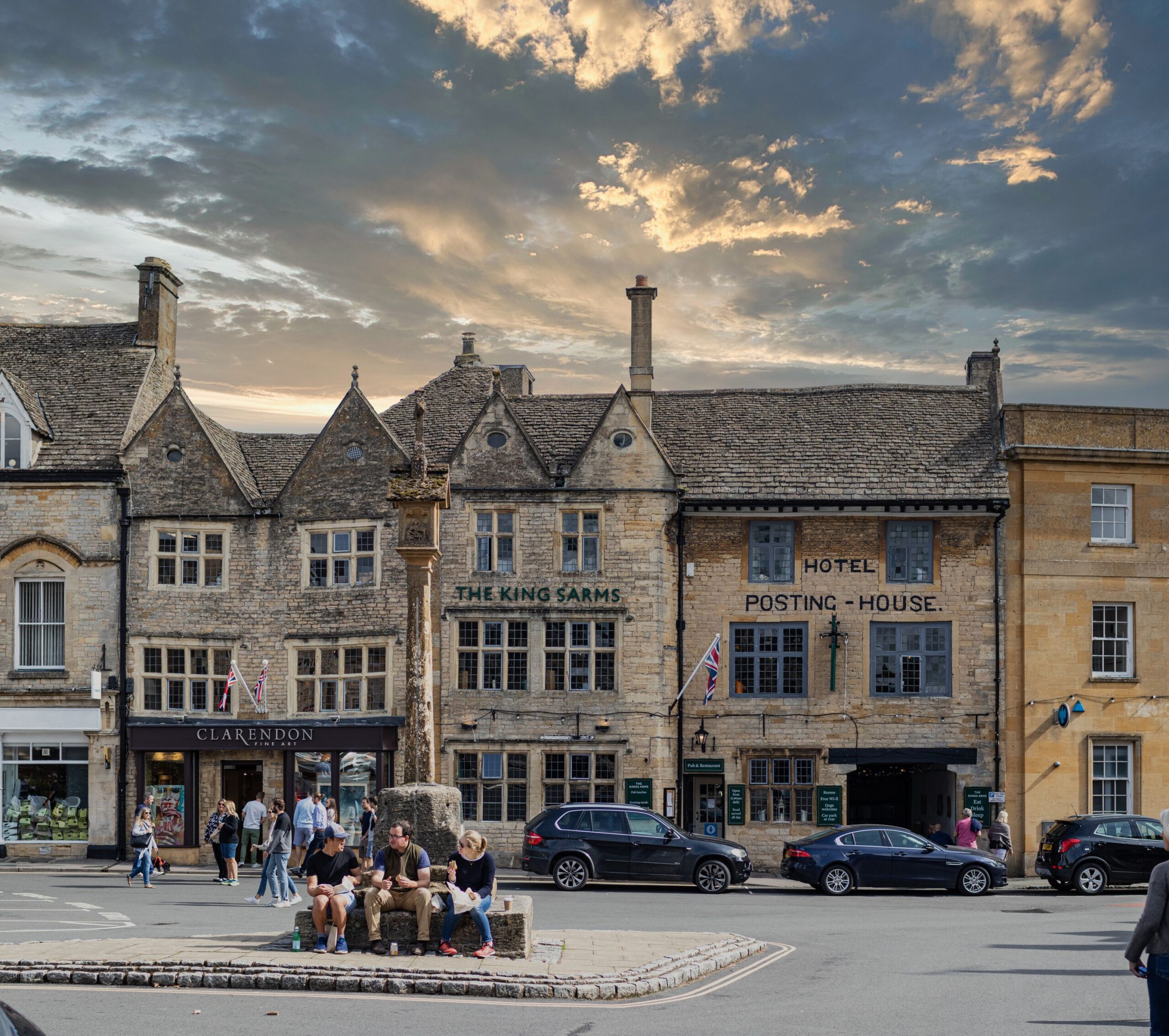
You may have visited some of the beautiful villages in the Cotswolds, but did you know that a significant value gap has opened up between property prices in the North and South Cotswolds – particularly at the top end of the market?
Using the A40 road as the dividing line separating the two regions, a classic seven-bedroom country house with stables and ancillary accommodation set over 50 acres might cost between £3m and £4m in the south, but that price can rise to as much as £5m to £10m in the north. We asked Harry Gladwin, our expert buying agent in the region, to explain what’s happening.
North Cotswolds
The popularity of the North Cotswolds and upward pressure on house prices began to take off in earnest at the beginning of the 2000s when City financiers and hedge funders ‘discovered’ Notting Hill. For them, the easy drive down the A40/M40 to Oxford, Chipping Norton and its environs encouraged those in search of a weekend retreat to settle there.
It’s home to many global movers and shakers. If a client has a house in West London and a holiday home in somewhere like, say, Miami or Ibiza, there is a good chance they also have a property in or near the most sought-after villages here. Charlbury, Kingham, Stow, and Oddington are places that are currently soaring in appeal amongst this international audience. To give an idea of demand in these areas, a recent house came on the market for £4.5m and sold almost immediately off-market to a buyer for 20% over the guide price.
So, what else makes this region attractive? The truth is, it’s easier to acclimatise to country life when you live in the North Cotswolds. All of the amenities you would expect from living in a city can be found here. A client once commented, ‘It’s green, but we can get a great flat white, and the internet is fast’!
The new breed of pubs and restaurants offer excellent food, often with a focus on seasonal and local produce and an impressive selection of wines and ales. A popular new opening is The Bull in Charlbury, which was taken over by the team behind the recently launched Notting Hill gastropub, The Pelican.
The allure of the North Cotswolds was given an extra boost by the opening of the private members’ club Soho Farmhouse at Great Tew in 2016. For many of our buyers, it ticks all the boxes. Other openings that have created a buzz include Estelle Manor, Restoration Hardware, Daylesford, Quince and Clover and farm shops from The Cotswold Guy.
Next is education. The school offering in Oxford as an alternative to educating children in the capital is seriously tempting, with the Dragon School, being one of the most popular choices near the border. Our clients also recommend Kitebrook Prep School in Moreton-in Marsh and Windrush Valley School near Chipping Norton.
Another key factor has been the improved train times along the Chiltern line, which has considerably reduced travel times to London Marylebone from Banbury, Bicester, and Oxford Parkway. The fact that you can now do this journey in under an hour proves extremely attractive to city commuters. Added to that was the opening of the spur line, which connects Oxford and Bicester Village to the Chiltern mainline. This gives the added advantage of choice for commuters to travel either into Marylebone or Paddington via Oxford, Charlbury and Kingham.
South Cotswolds
If the profile of a North Cotswolds buyer has evolved to lean more towards families with young children wanting access to good schools, gastropubs, and connectivity, then we cross the A40 and discover a region where country sports are more prevalent and it’s better suited to those looking for a more rural lifestyle.
The southern region of the Cotswolds has tended to attract more buyers with equestrian or polo interests with Cirencester Polo Club and Beaufort Polo Club on the doorstep, as well as eventing at Badminton and Gatcombe Park.
It also has popular prep schools, including Pinewood and Beaudesert, as well as access to Marlborough College, Westonbirt, St Mary’s Calne and the Cheltenham schools (Cheltenham Ladies’ College, Cheltenham College and Dean Close).
Tetbury is an attractive town for antique shops, and Cirencester continues to expand. Meanwhile, Kemble station is another big draw for commuters, as fast trains take only 80 minutes to London Paddington.
Like the North, the South Cotswolds has beautiful countryside with the additional attraction of the Cotswold Water Park for those who are interested in water sports. There are fewer gastropubs in this area, but Calcot Manor, Barnsley House, Thyme at Southrop, and Cowley Manor offer good alternatives to Daylesford and Soho Farmhouse.
As regional cities and airports such as Bristol and Birmingham grow, Cheltenham will become even more attractive to buyers. At the western edge of the Cotswolds Area of Outstanding Natural Beauty, Cheltenham is an excellent alternative schooling hub to Oxford The town’s most desirable areas range from between £400 and £500 per sq ft. Equivalent prime areas of central North Oxford are twice as expensive. That means it is possible to trade a good-sized London house for a family house in Cheltenham and have a substantial amount of change to spend on other things, such as the children’s education.
What remains true of both Cotswolds regions is a long-term shortage of houses coming to the market. Best-in-class houses continue to sell quickly and often off-market. Therefore, be prepared for fierce competition if buying in either the north or the south.
If you need help with your countryside search, don’t hesitate to get in touch with The Buying Solution, and we’d be delighted to discuss your needs.
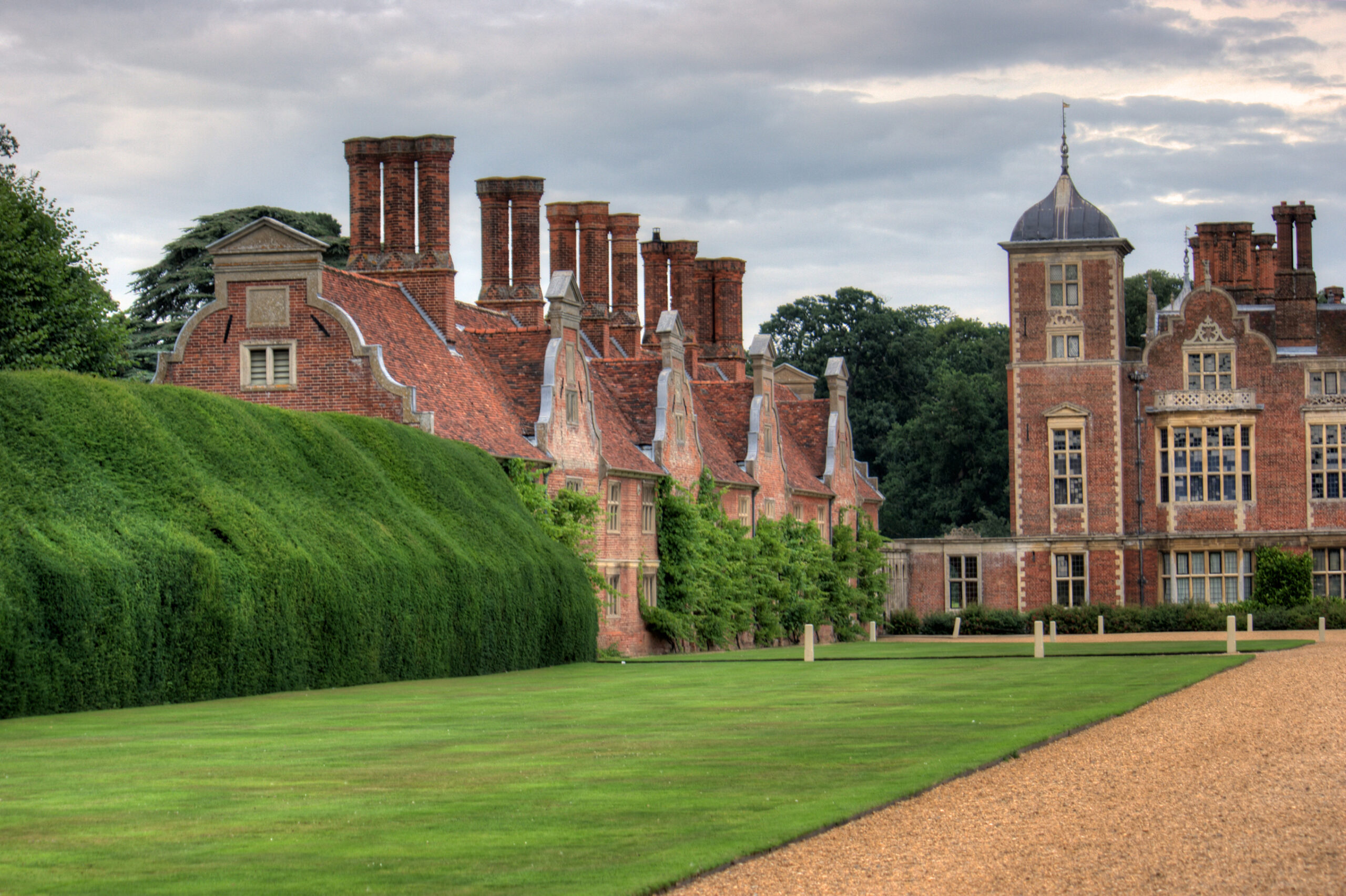
Harry Gladwin of The Buying Solution speaks to Melissa York of The Times about the changes to Stamp Duty and how this could affect you.
Read more here
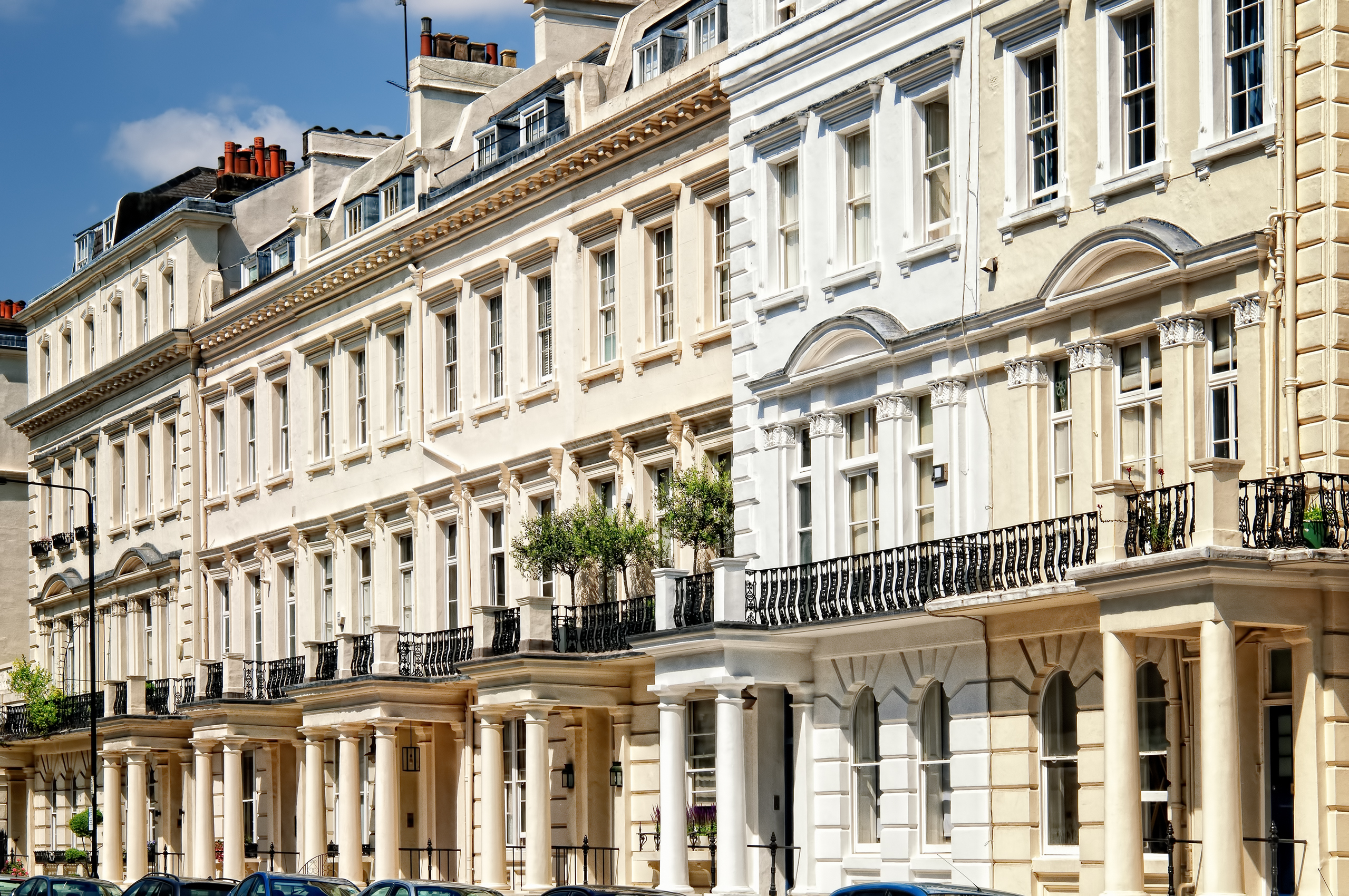
Will Watson of The Buying Solution speaks to Liz Rowlinson of the FT on the appeal of Notting Hill, London.
Read more here

Will Watson of The Buying Solution speaks to Olivia Lidbury of The Telegraph on the appeal of dressing rooms and how to create one on a budget.
Read more here